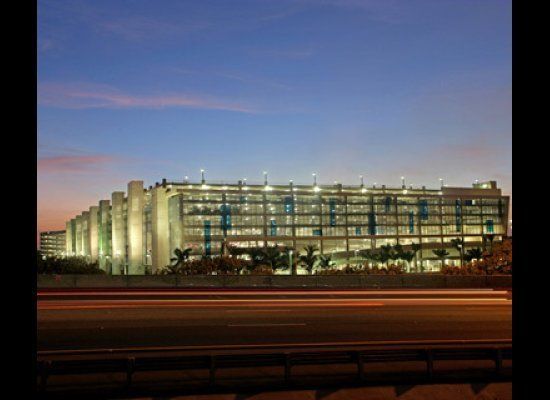Travel + Leisure's Joe Yogerst rounds up America's most troubling major airports...
---
Around 10 p.m. on a clear summer evening in 2006, United Airlines Flight 1015 was rolling down the runway at Chicago O'Hare, picking up speed, when the pilots saw something heart-stopping, an Atlas Air 747 cargo plane moving directly into its path. Unable to abort takeoff, the United pilot made a split-second decision to turn sharply. The planes avoided impact by a mere 120 feet.
Close runway calls like this are more common than travelers realize--or most airports like to admit. Runway incidents at airports are, on average, a daily occurrence in the United States. They range from near collisions to vehicles or people wandering onto a runway without permission.
And some airports simply have a higher number of close calls, based on our analysis. We looked at the Federal Aviation Administration's latest Runway Safety Report and more recent runway safety statistics supplied by the FAA to determine which of the 35 busiest commercial airports in the United States have had the most near misses and other runway incidents over the past five years (2006-2010).
Rankings were based on both the overall number of runway safety occurrences and their severity, especially "A" and "B" incidents in which an aircraft collision was narrowly avoided or there was significant potential for a collision. (See the full methodology.)
While everything from weather to wildlife can contribute to an incident on the tarmac, "Two-thirds of all runway incursions are caused by pilot deviation," says Wes Timmons, FAA's recently retired director of runway safety. In other words, pilots simply ignore instructions from air traffic control. For better or worse, most of these offenders aren't commercial pilots; of those two-thirds, says Timmons, nearly 80 percent are caused by small private planes. "Places where you have a lot of [pilot] training activity or a large number of flight schools," says Timmons, "tend to see a larger number of runway incidents."
The overall number of runway incursions fluctuates from year to year; fortunately, the vast majority are minor incidents where there's little or no possibility for runway collisions or casualties.
Airports and the FAA are always working to minimize runway incursions. "We're making significant progress," says FAA spokesperson Tammy Jones.
In 2000, US airports recorded 67 serious runway incursions that could have easily led to injuries or fatalities. According to Jones, the total dropped to 12 serious incidents by 2009, and just six last year. Over that same span, the number of serious incidents involving commercial aircraft plummeted from 34 a decade ago to only 3 in 2010.
Since launching a call to action on runway safety in 2007, the FAA has put a number of new programs and technologies into service in cooperation with airports, airlines, pilots, and other concerned parties. These include conducting pilot seminars and air traffic controller refresher courses, identifying "hot spots" at major airports where the risk of collision is higher, and implementing new technologies like Runway Status Lights and airport surface detection equipment.
In fact, incorporating new airport and runway safety features has "accelerated greatly" in recent years, says Steve Jangelis, chairman of the Airport and Ground Environment Committee for the Air Line Pilots Association (ALPA), which represents more than 53,000 pilots flying for 39 airlines in the US and Canada.
Yet runway incidents still occur. Here are the airports that have seen a higher percentage of them.
